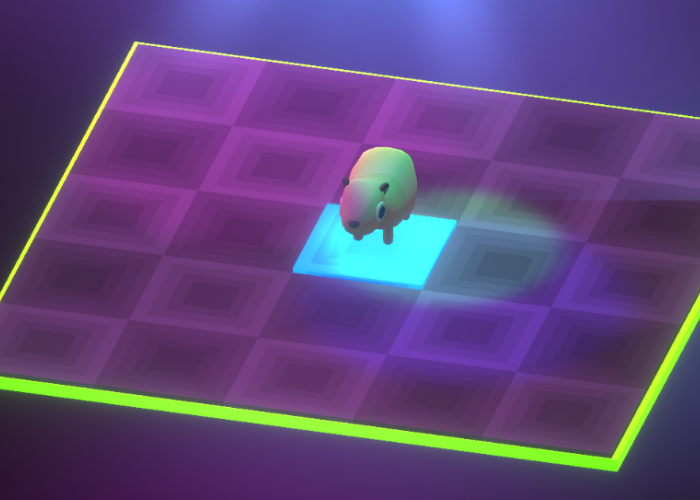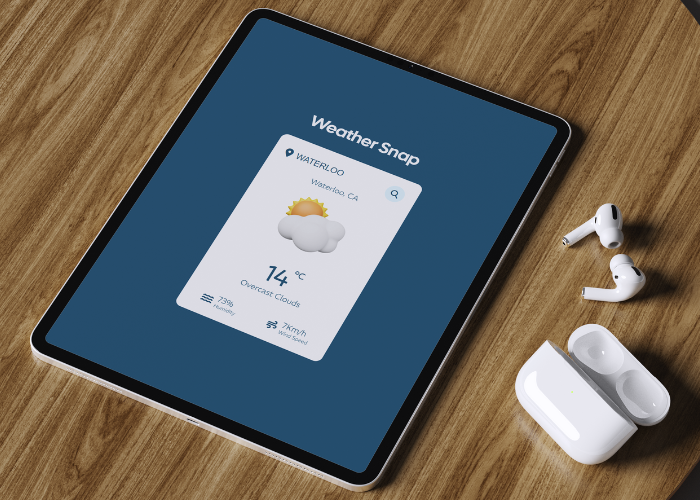Tileium
- Home
- Project Details
Not a reader?

Watch the video instead
Overview
The Inspiration
Tileium started as a simple concept: a 2D puzzle game where you rotate tiles to connect paths. I thought it’d be a straightforward weekend project with procedural level generation. It didn’t stay simple for long, and it taught me a lot about choosing the right solution, even when it’s not the easiest one.
Technical Implementation
Tileium is built using Unity and C#. My first plan was to generate levels automatically using maze-generation algorithms like Prim's or Recursive Backtracking. That would’ve allowed for endless levels without much manual work.

But the real challenge wasn’t the algorithms, it was integrating them cleanly into Unity. Every tile needed four possible connections, and syncing the visual rotations with the logic behind them turned into masive headache. I spent hours trying to make it work, but I had no luck.
After banging my head against that for a while, I switched to a more hands-on mehtod: a custom level editor where I could design each puzzle with predetermined solutions.
Custom Level Editor
So I scrapped the procedural approach and built a custom level editor inside Unity. This let me design puzzles by hand, each with a specific solution and a defined “correct” rotation for every tile. That made the experience more consistent and gave me full control over level desing.
This approach made the game easier to polish, but it also meant less replayability and more manual setup per level. Still, it was worth it for the control it gave me over the player experience.
public void CorrectMove()
{
correctTiles++;
if (correctTiles == totalTiles)
{
Debug.Log("You win this level!");
AudioManager.instance.Win();
confettiManager.PlayConfetti();
if (currentLevelIndex + 1 < gridParents.Length)
{
FadeOutLevelTexts(currentLevelIndex);
SetCurrentLevel(currentLevelIndex + 1);
Camera.main.GetComponent().MoveToNextLevel();
}
else
{
Debug.Log("All levels completed!");
}
}
} Playtesting and Publishing Attempt
With the game complete, I submitted Tileium to Poki, which is a well-known platform for web games. Their developer program gave me some really useful analytics tools to see how people were actually playing.
The data showed that players were spending about 2 minutes on average with Tileium. That was less than Poki's 4-minute minimum to get published.
This feedback gave me two big takeaways:
- The puzzles may have been too tough or too slow-paced for Poki’s core (younger) audience.
- The game needed more intuitive onboarding, it took too long for players to “get it”.
Impact And Future
Tileium started as a quick puzzle idea but turned into a deep dive into game design fundamentals. The biggest lesson? Accessibility matters more than complexity. If your game isn't easy to start playing, it won’t matter how clever it is under the hood.
I'm already using these lessons in my next game, it's going to be more colorful, fun, and easier to get into, building on everything I figured out with Tileium. I think an unavoidable part of making games is this exact process: hit walls, learn from them, come back stronger.
Each project teaches you something new that makes your next one even better. Sometimes, the games that don't quite make it where you planned end up giving you the most valuable directions for the future.


